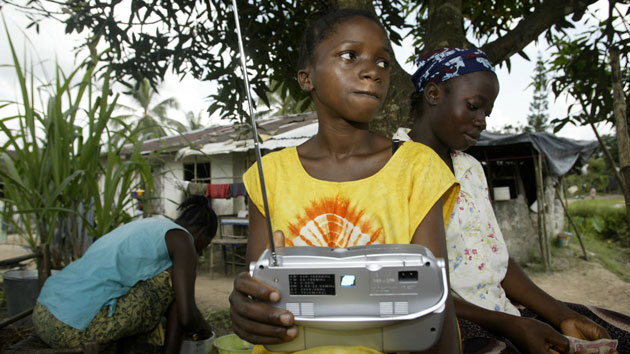Last Tuesday, the White House announced plans to send 3,000 US troops to Liberia to coordinate medical care and deliver humanitarian aid to combat the spread of Ebola there. The troops’ command center, and much of their work, will be in Monrovia, the nation’s capital. But as the maps below show, controlling the disease in and around the sprawling city will not be an easy task.
This first map shows the spread of the disease in the capital region as of September 11 (areas colored in darker shades of blue have reported more Ebola infections):

This second map shows the spread of the disease in the capital region as of September 20—just nine days later. Note the spread of the dark blue:

When the current outbreak of Ebola first reached Liberia, there were only two known cases of the disease anywhere in the country. Both infections were far from Monrovia. But the virus spread rapidly. In mid-June, health workers discovered the first evidence the disease had spread to the capital: the bodies of seven people, including a nurse and four of her family members.
As of Sunday, 1,232 people are believed to have been infected in Monrovia’s Montserrado County— more than a third of Liberia’s total cases to date, according to Liberia’s health ministry. The disease is believed to have killed 758 people in the county, including 33 health workers. Conditions will almost certainly get worse. On Tuesday, the US Centers for Disease Control and Prevention issued a report stating that a worst-case scenario for the disease could bring the number of infected in Liberia and Sierra Leone to 1.4 million by January 2015.












